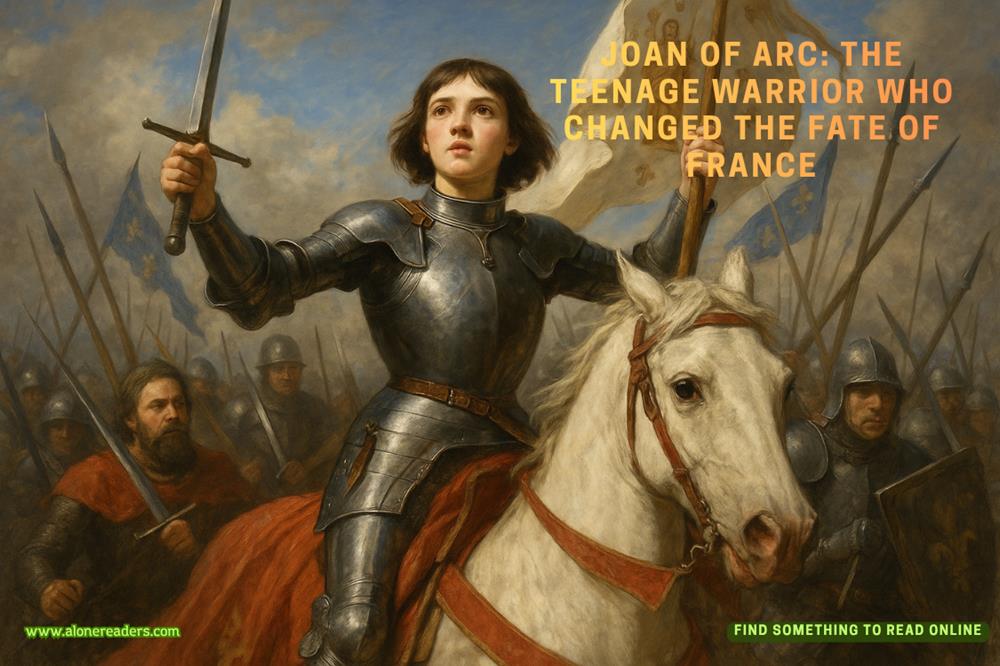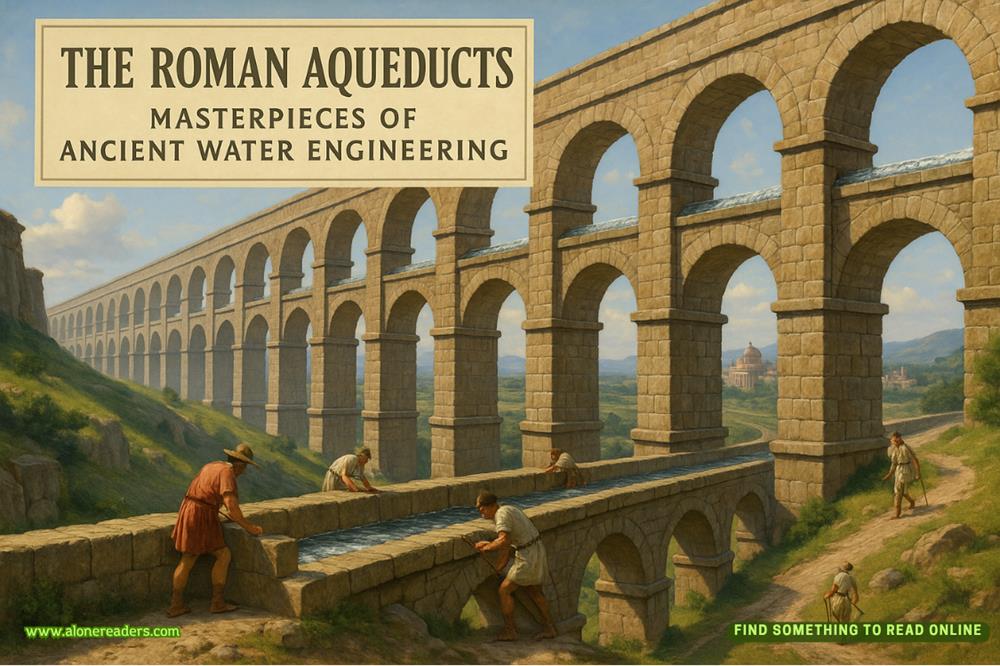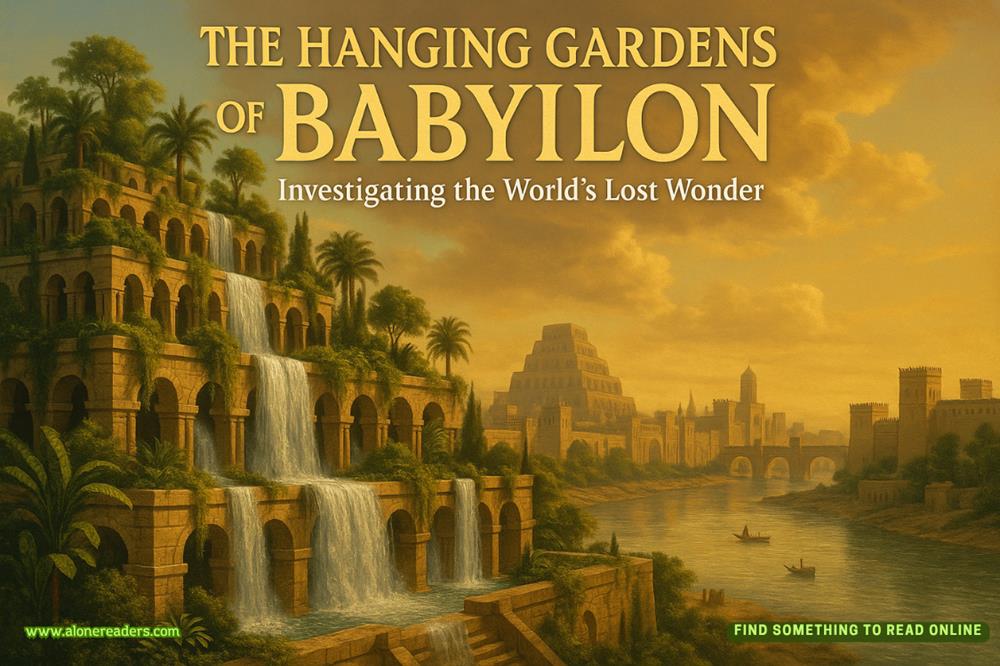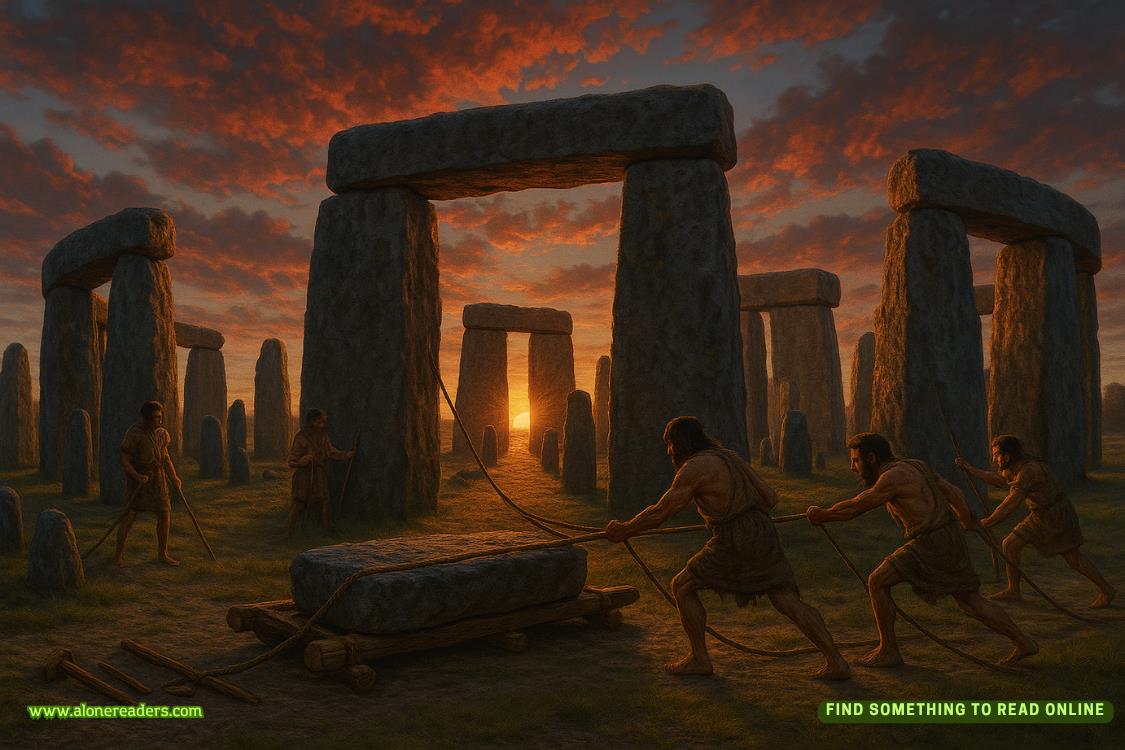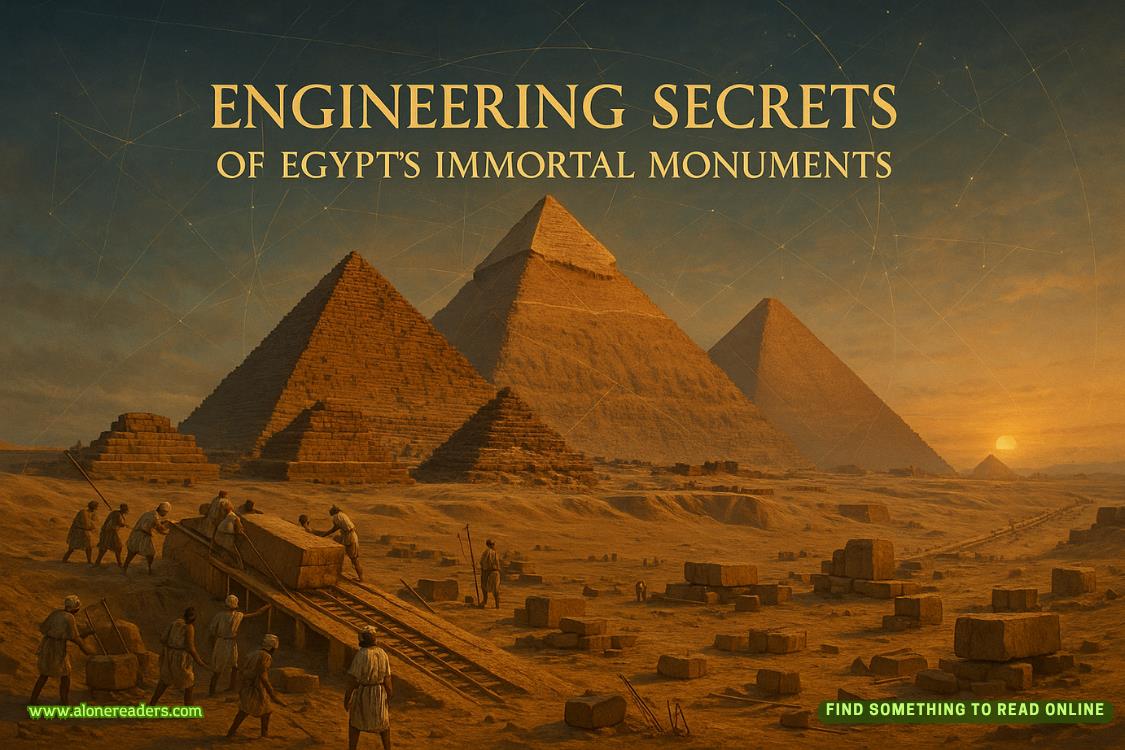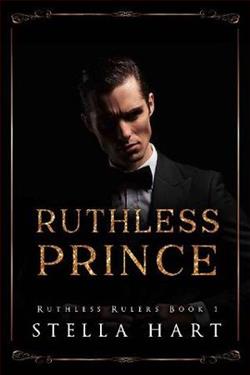Page 34 of One Step Too Far
The gift of gratitude, we say in AA. It took me a long time to find it, and I’m still not the best at remembering it, but every now and then, I almost understand. The grandeur of these mountains. The contented silence of my friend Stoney, wiping down the counter of his bar. The taste of the perfect hot dog, eaten street side.
I may not own much, but I’m a collector in my own way.
I finish up my rehydrated cheese and pasta, scraping morosely at the inside of the foil pouch. Nemeth has produced a heavy-duty, scentproof trash bag for our garbage. It and uneaten rations—similarly bagged—will be removed from the campsite and tied up high. Bear management, he explains. He looks relaxed for the first time all day. I was right before: He could’ve been carved from these mountains, appearing as natural in this habitat as the distant cliff face, the ramrod-straight pine trees, the towering peaks. He belongs to this world, I think, whereas the rest of us are merely visiting.
I expect Nemeth to be the one to break the mood first. Instead, it’s Martin.
In the rapidly falling light, he brings out his ubiquitous map, snaps it open. “All right. Gather round. Over the next five days, this is the game plan.”
—
Martin has divided Devil’s Canyon into a series of quadrants. I’m no expert, but even I realize we can never cover all this ground in a matter of days. Hence each quadrant has been given a weighted value. What did Nemeth explain earlier? Probability of detection, something like that.
“We need to preserve Daisy for the heavy lifting,” Martin explains now. “She can only search for forty-five minutes at a stretch, then she requires a fifteen-minute break before continuing. Given that, the humans need to target her efforts as efficiently as possible, working as the forward crew.”
In the past ten years, I’ve found more bodies than I would’ve liked, but I’ve still never set out explicitly to recover bones. Given the dry climate and passing years, Timothy O’Day’s remains have most likely skeletonized into a collection of dried bones, scattered by scavengers. In all honesty, they wouldn’t appear much different from the kindling I gathered for tonight’s fire. A sad testimony to what we all become in the end.
“We know when Tim headed out, he left behind his tent, sleeping bag, and food but had most of his other gear with him,” Martin continues. “In the past few years, we’ve retraced several logical areas where Tim may have veered off trail, forking left instead of right, that sort of thing. Our assumption has been that someone as experienced as my son would quickly fall back to basic survival skills upon realizing he was lost. First and foremost is the need for shelter.”
I had always thought water would be top priority, but according to Luciana’s overview of the rule of threes, shelter came first.
“Therefore, we’re going to start with these four quadrants, which include a series of caves on the far side of the canyon. Any one of them would be a viable option for taking cover. It’s a solid two-hour hike to reach that destination. Along the way, I want everyone to pay attention. Remember, we’re not just looking for Tim, but signs of Tim.
“His backpack was navy blue. He wore a dark green windbreaker. He carried with him a variety of khaki pants and predominantly long-sleeve white knit tops, which he layered with red, green, or gray flannel. Be on the lookout for fragments of color, scraps of fabric, anything out of the ordinary. This area is not heavily trafficked. Spot any boot prints, signs of human passage, speak up.”
Martin pauses. We nod obediently.
“Tim also knew the importance of leaving a trail behind. Look for lengths of rope tied to branches. Maybe torn strips of cloth, or pieces of duct tape. He’d want to mark where he came from to manage his own orientation, as well as aid search efforts. Be aware.
“Also, while we’re headed to the caves as a source of natural cover, Tim was well-versed in making shelters. He had a tarp in his pack as well as plenty of cord, so he could’ve erected something as official as a makeshift tent to something as temporary as a twig lean-to. Best way to spot something like that, look for hard lines or straight objects. Nature is rarely perfect. If something catches your attention, stop and take a second look. Often our eyes pick up on things before our brains can fully process the image.”
I raise my hand.
Martin glances up, already appearing vaguely annoyed. “What?”
“How does that work for Daisy? If we get too far ahead, will that contaminate the scent field for her?”
Luciana answers the question. “If we were looking for a live recovery, then yes, I’d need Daisy to be in the lead and the rest of you to remain downwind. But cadaver recovery is very specific. Daisy isn’t trying to catch the scent of human, but the odor of decomp. Trust me, she won’t confuse us with that.”
“Even if its bones? I mean...” Scott falters, looking self-conscious, if not a bit stricken, to have stated the obvious out loud. “Five years later, how much decomp is left?”
Luciana again: “The age of the remains is not a factor. There have been cases of canines hitting on hundred-year-old bones. Nor do they confuse animal bones with human.”
This catches my attention. “Hundred-year-old bones must be nearly fossilized. What organic matter is even left for a dog to scent?”
“We don’t know.” Luciana shrugs. “A dog’s sense of smell is ten thousand to a hundred thousand times better than our own. It’s one of the reasons my team doesn’t utilize synthetic cadaver scents for training. Trust me, you can buy entire kits—Pseudo-Corpse Scent, Drowned Victim Scent. They come with chemical ratings, mass spec profiles, and all sorts of scientific mumbo jumbo. At the end of the day, however, no one is really sure what it is that triggers the dog’s response. Is there a corpse scent that still lingers on hundred-year-old bones? Certainly not that we can detect. For that matter, our training material of choice is human teeth. They’re easy enough to obtain, legal to own, and much less disturbing than, say, severed body parts. Old teeth don’t seem particularly decompy to me, especially after we’ve buried them a million times. But our dogs always know.
“When we get to our defined search area,” Luciana continues, “then I’ll need you all to stay put while I determine wind direction and pick a starting point for Daisy’s efforts. She’s an air-scenting dog, so whatever she detects will be brought to her on air currents. She’ll work side to side till hopefully she detects the desired odor. Then she’ll follow that smell backward to the source. The complicating factor, of course, is that she’ll want to follow a direct line, regardless of topography. Our job will be to problem solve the best work-around for her. For example, if she comes to a steep gully or a heavily wooded thicket that’s impassable, we need to figure out how to navigate that obstacle, then help her get back on scent on the other side. That can take some time. But she’s good. If we can get her within the vicinity, she won’t let us down.”
I’m studying Martin’s map upside down. Devil’s Canyon is very long and wide. This won’t be a simple search at all, especially with only five days to cover as much ground as possible. I imagine the limited timeframe is in deference to Daisy’s stamina. Even working canines need a day off. But all in all, looking at this map, considering the size of our group, this feels more and more like a fool’s errand to me.
I wonder if Miggy might be onto something: Is Martin really convinced he can find his son’s body, or does he just want an excuse to torture his son’s wayward friends year after year?
“Why Devil’s Canyon?” I ask Martin. “Seems far away from Tim’s last known location.”
“This is a long shot,” Martin admits. I wait, because that doesn’t answer my question. Marty finally taps at the map, his finger following a line from the campsite five years ago to where we are now. “Our working assumption is that Tim got lost, became disoriented.”
I nod, understanding the theory—if Tim had met his end closer to the guys’ campsite, someone would’ve found his body by now.


